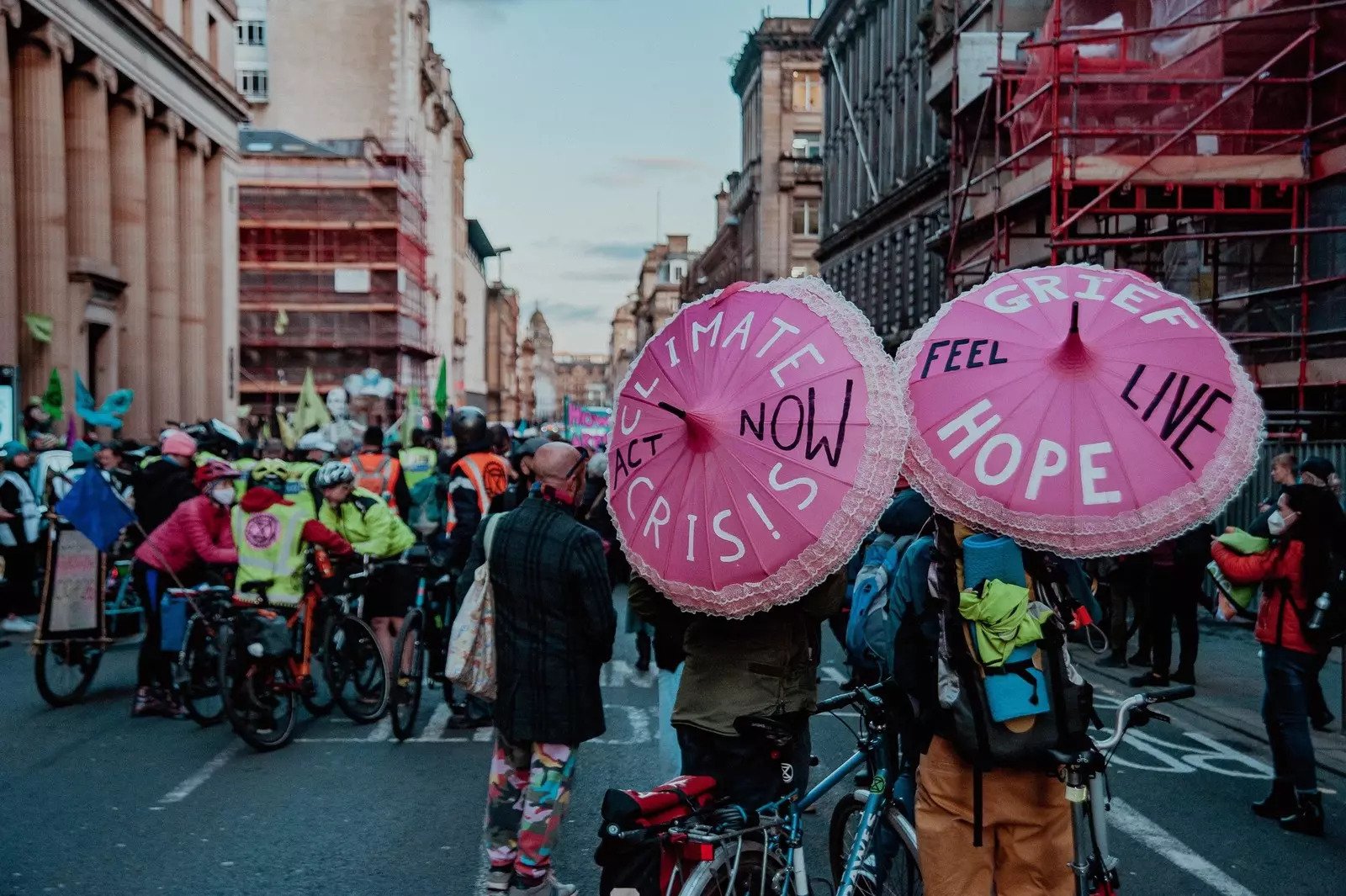Amazon fires: Record number burning in Brazil rainforest – space agency
Brazil’s Amazon rainforest has seen a record number of fires this year, according to new data from the country’s space research agency.
The National Institute for Space Research (Inpe) said its satellite data showed an 84% increase on the same period in 2018.
It comes weeks after President Jair Bolsonaro sacked the head of the agency amid rows over its deforestation data.
Smoke from the fires caused a blackout in the city of São Paulo on Monday.

The daytime blackout, which lasted for about an hour, came after strong winds brought in smoke from forest fires burning in the states of Amazonas and Rondonia, more than 2,700km (1,700 miles) away.
The largest rainforest in the world, the Amazon is a vital carbon store that slows down the pace of global warming.
It is also home to about three million species of plants and animals, and one million indigenous people.
Conservationists have blamed Mr Bolsonaro, saying he has encouraged loggers and farmers to clear the land, and scientists say the Amazon has suffered losses at an accelerated rate since he took office in January.
Meanwhile, US space agency Nasa said that overall fire activity in the Amazon basin was slightly below average this year.
The agency said that while activity had increased in Amazonas and Rondonia, it had decreased in the states of Mato Grosso and Pará.
Why are there fires in the Amazon?
Wildfires often occur in the dry season in Brazil but they are also deliberately started in efforts to illegally deforest land for cattle ranching.
Inpe said it had detected more than 72,000 fires between January and August – the highest number since records began in 2013. It said it had observed more than 9,500 forest fires since Thursday, mostly in the Amazon region.

In comparison, there slightly more than 40,000 in the same period of 2018, it said. However, the worst recent year was 2016, with more than 68,000 fires in that period.
The satellite images showed Brazil’s most northern state, Roraima, covered in dark smoke, while neighbouring Amazonas declared an emergency over the fires.
Mr Bolsonaro brushed off the latest data, saying it was the “season of the queimada”, when farmers use fire to clear land. “I used to be called Captain Chainsaw. Now I am Nero, setting the Amazon aflame,” he was quoted by Reuters news agency as saying.

Inpe, however, noted that the number of fires was not in line with those normally reported during the dry season.
“There is nothing abnormal about the climate this year or the rainfall in the Amazon region, which is just a little below average,” Inpe researcher Alberto Setzer told Reuters.

“The dry season creates the favourable conditions for the use and spread of fire, but starting a fire is the work of humans, either deliberately or by accident.”
Ricardo Mello, head of the World Wide Fund for Nature (WWF) Amazon Programme, said the fires were “a consequence of the increase in deforestation seen in recent figures”.
Why is Bolsonaro being criticised?
The reports of a rise in forest fires come amid criticism over Mr Bolsonaro’s environmental policies. Scientists say the Amazon has suffered losses at an accelerated rate since the president took office in January, with policies favouring development over conservation.
Over the past decade, previous governments had managed to reduce deforestation with action by federal agencies and a system of fines. But Mr Bolsonaro and his ministers have criticised the penalties and overseen a fall in confiscations of timber and convictions for environmental crimes.
Last month, the far-right president accused Inpe’s director of lying about the scale of deforestation in the Amazon and trying to undermine the government. It came after Inpe published data showing an 88% increase in deforestation there in June compared to the same month a year ago.
The director of the agency later announced that he was being sacked amid the row.
Inpe has previously insisted that its data is 95% accurate. The agency’s reliability has also been defended by several scientific institutions, including the Brazilian Academy of Sciences.





